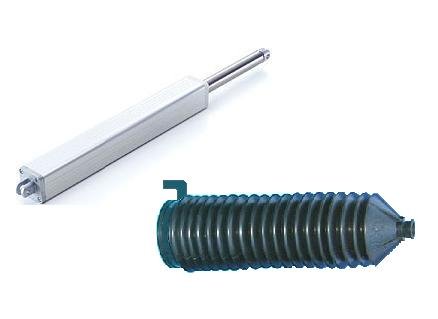-----Original Message-----
From: ShellyDalg@aol.com
To: personal_submersibles@psubs.org
Sent: Fri, Mar 26, 2010 11:01 pm
Subject: Re: [PSUBS-MAILIST] Rudder Indicator using 3 Reed Relays

From: ShellyDalg@aol.com
To: personal_submersibles@psubs.org
Sent: Fri, Mar 26, 2010 11:01 pm
Subject: Re: [PSUBS-MAILIST] Rudder Indicator using 3 Reed Relays
In a message dated 3/26/2010 6:54:30 P.M. Pacific Daylight Time,
vbra676539@aol.com writes:
I still like the electric linear operator for this. The ones I've seen look like hydraulic cylinders with a rod coming out one end through a seal. Have you seen those? Inside is an electric motor and a worm gear. Extension/retraction has some sort of indicator, too (as an option). I wonder what those puppies cost?
Vance
Hi Vance. Yes that's what I'm using. These electric linear actuators look
and operate much like a hydraulic or pneumatic cylinder. Basically a rod that
goes in and out. The more expensive ones can have a position sensor
potentiometer built right in. The Minnkota and Lenco trim tabs use this type.
The Minnkota ones have a 2 inch stroke, are sealed to IP68 rating, and have a
built-in sensor. They cost $259 each plus the rocker switch/LED thing showing if
it's up or down. ( $89 each )
I went with electric actuators because of the simplicity of the thru-hull (
epoxy and wires ) and controls which is just a 12 volt rocker switch at $8
each. Here's a small picture of the actuator for the dive planes.
It's got a 6 inch stroke, 40 pounds push/pull, and is 2 inches square by 14
inches long. The rubber boot is from a power steering unit on a car.
These actuators are $129 each but don't have the built-in
position sensor.
The IP68 rating means they can be submerged a little but not made for under
water. I'll be covering the actuator with a thick layer of fiberglass and the
rubber boot clamps onto the shaft and body. The 2 wires will pass through
a PVC threaded fitting bonded into the fiberglass cover. Frank
D.
